A year for creative economics; The War of Innovations and the Corona
Parviz Karami *

The year 2021 was declared the "International Year of the Creative Economy for Sustainable Development" at the 74th General Assembly of the United Nations. The activities of the year are carried out by the United Nations Conference on Trade and Development in consultation with UNESCO and other relevant United Nations bodies.
2021 is a different and unique year, and the world economy is on a downward trend due to the corona outbreak. The impact of this epidemic on all aspects of the economy and various industries is quite obvious. One of the industries that have experienced the adverse effects of this epidemic is the cultural and creative industries. An industry whose actors in the value chain from the stage of creation, production, distribution to access to it were not spared from this crisis and were damaged.
Creative industries are considered to be industries that have emerged based on creativity, skills ,and individual talents. These industries have a high capacity to create wealth and employment, and activists in this field can take the intellectual property of the product or service provided. Statistics show that in recent years, the formation of the value chain of this industry in the world is being completed at a high rate and the role of these industries in the economy is evident.
The "concept of creative and cultural industries" is often used by various stakeholders, especially policymakers active in various fields. This global concept has also found its place in the "New World Economic Literature", "Creative Industry Concepts", "Creative Goods", "Creative Economy", "Creative Cities", "Creative Regions", "Creative Class" and so on. . The animation, fashion and clothing industry - tourism and the cultural heritage of music, cinema and publishing are some of the most successful examples of the creative industry in the world.
The point is, the concept of creativity is not measured by statistical criteria. In applying this concept, we must pay attention to all aspects of it and apply it to express its concept correctly and in principle and not to be confused.
The year, which has been named the International Year of Creative Economics for Sustainable Development, includes activities to bring creativity to the field, share best practices and experiences, increase human resource capacity, and meet the challenges of the creative economy.
Today, the role of "creative manpower", "talent management", "desire to create creative cities", "focus on strategy and initiative" and "development of business models" can be seen in resource management and mobilization of facilities in developed countries. In this view, new strategies and value chain structures have emerged in most creative cultural industries.
But this growing global industry, with all its potential, like all other ancient and long-established industries, has undergone a change and crisis in the face of Covid 19 disease. A crisis that has highlighted the role of technology in global and economic equations, and the resulting changes will certainly deepen and become more serious in the future.
In Islamic Iran, we in the headquarters of culture-building of the knowledge-based economy and soft and creative industries, while supporting start-up businesses in this field, try to empower creative companies along with supporting the establishment and creation of creative houses and ecosystem and ecosystem innovation Prosper the creative and cultural industries and, taking advantage of the national and indigenous advantages and creative manpower available in the provinces of the country, give new life to the soft technologies and identity-building of the country, we in the scientific department seek to strengthen creative houses through Providing infrastructure, necessary equipment ,and financial facilities, as well as supporting mentors and VCs in the field of creative industries to stimulate national and global demand and marketing for these companies by participating and supporting their presence in international markets and the development of activities. We are an export corridor of Iranian creative industries.
We have many challenges in this direction, the main ones are mentioned below.
Lack of specific or up-to-date laws in the field of creative industries - Lack of copyright laws and creative ideas. - The capabilities of creative industries should be made clear to the public. There is no such industry in Iran. Although in our country, culture and art are the main foundation of creative industries, but when it comes to technology and its use in cultural industries, a negative attitude towards technology is inferred. Of course, we do not deny the use of traditional methods in the production of works of art, although the use of modern technologies is also worth noting in this regard.
Paying attention to these challenges can create a leap in active movement and remove obstacles in this area.
* Advisor to the Vice President of Science and Technology and Secretary of Culture and Knowledge-Based Economy and Soft and Creative Industries Headquarters



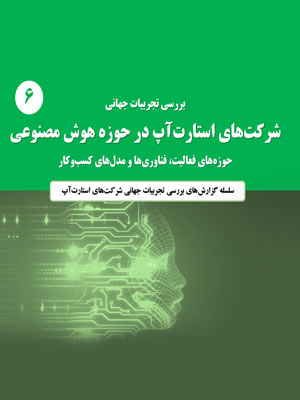


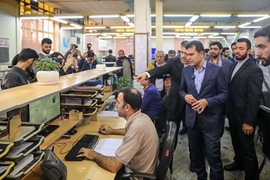
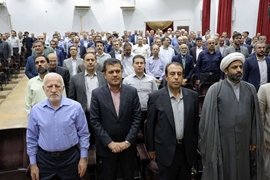
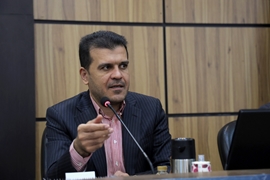
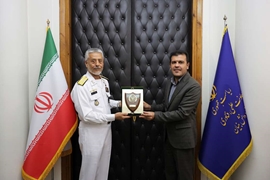




comment